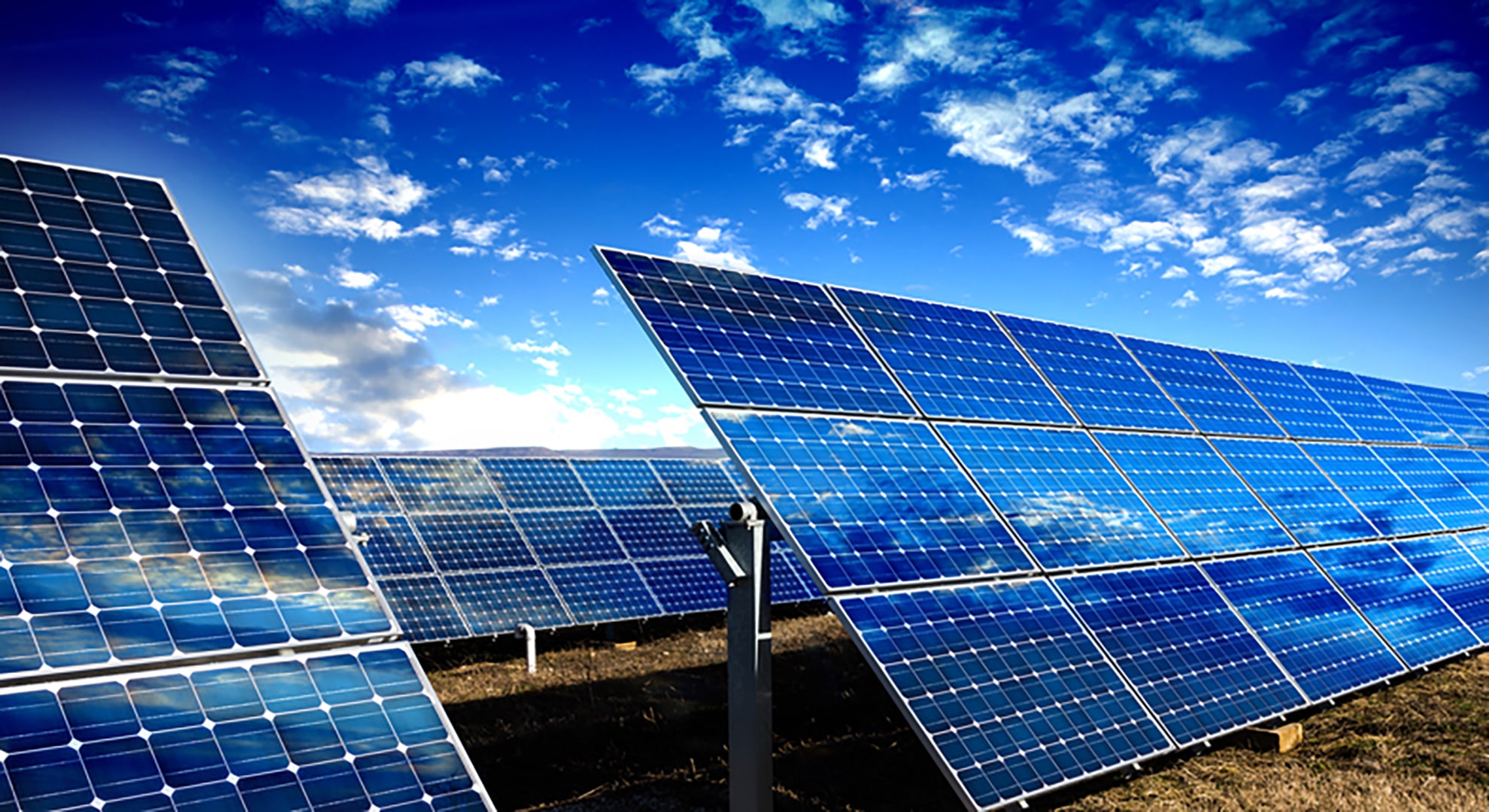
28 Jan The 5G revolution supporting the future of solar energy
Climate change is a global threat. It requires urgent action to halt its progress by conscious and conscientious societies. These decisive actions require special engagement by the various sectors and stakeholders with enough logistical, economic and technological capacity to make a real difference.
Maximum possible rollout of various sources of renewable energy, as well as the facilities to harness them, is essential. And to achieve this goal, the integration of technology when operating energy management centres could just be the step forward the world is looking for. In the case of solar electrical energy, it’s a vital step.
-
Self-managing power plants thanks to 5G connectivity
This technological integration by implementing 5G solutions – among other technologies – would involve a significant revolution in electrical systems. In the case of photovoltaic sites, we’re not just talking about collecting solar energy and transforming it into direct and alternating current.
By involving the world of ICT, we would be able to run diagnostics on the operations and monitoring of each station and panel – and entire plants, in fact – whilst managing and maximising the output of each and every kilowatt at the same time. By combining various avenues of development, such as the likes of 5G and artificial intelligence (AI), each plant would have its very own ‘brain’, responsible for managing the site autonomously.
-
A much more high-tech future for renewable energies
Although this goal can’t be achieved in the very short term, there have been some highly promising developments over the past four or five years in the sector. These include reaching levels of productivity and usage never previously seen. Many of the systems integrate bi-facial modules – capturing solar energy on both sides of each panel – photovoltaic trackers and string inverters, with more than one MPPT, guaranteeing the best possible performance in the DC sector for the system.
Thanks to these new solutions, it’s now possible to adjust tracker angles of inclination to achieve increased energy production rates using neural network techniques and self-learning models with artificial intelligence. The first solid datasets point to production increases of between 0.5% and 1.31% compared to traditional astronomic algorithms.
-
5G supporting AI at photovoltaic power plants
While the implementation of artificial intelligence is already seeing benefits across various sectors, the support of 5G technology can certainly contribute to its adoption in the field of solar energy. That’s what Álvaro Zanón, Senior Solutions Manager at Huawei Solar Europe, believes.
5G technology will “revolutionise a wide spectrum of vertical industries, and the solar energy industry will be one of them”, explains Mr Zanón. It’s important to take into account the increases in data traffic this type of technological development inevitably requires.
“Models that use AI require the exchange of high volumes of data between the various components of photovoltaic power plants. Without the speed and reliability of communication that 5G connections provide, it would be practically impossible to reach the required computing and reaction times”, he adds.
More productive power plants, configurable tracker rates and frequencies, more efficient equipment and better use of tracking algorithms… While the future of self-managed photovoltaic power plants may seem distant, data from the various testing sites scattered throughout the world is yielding some truly exciting information. This could bring about developments much more quickly than previously thought, even just five years ago.

